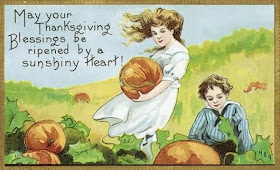Have you ever wondered why some English words are spelled
differently in America? For instance, color rather than colour; center instead
of centre; honor rather honour; program rather than programme?
 |
| Credit:viralread.com |
I had often wondered this myself, and then I ran into some
information about Noah Webster.
Webster (1758-1843) authored readers and spelling books that
were dominant in the American market at the time. Believing in the developing
cultural independence of the United States, the chief part of which was to be a
distinctive American language with its own idiom, pronunciation, and style, he
published in 1806 A Compendious Dictionary of the English Language, the first
truly American dictionary. He included technical terms from the arts and
sciences, where previous dictionaries only used literary words.
 |
An 1888 advertisement for Webster's Unabridged Dictionary
Credit: wikipedia |
In 1828 he published his American Dictionary of the English
Language, and in 1841, a corrected version with five thousand additional words.
His work was not well received in the beginning. The
culturally conservative Federalist party declared it radical – inclusive in its
lexicon and bordering on vulgar. Thomas Jefferson’s Republicans attacked Webster,
labeling him mad for such an undertaking.
 |
Daniel Webster
Credit: merriam-webster.com |
One facet of Webster's importance was his willingness to
innovate when he thought innovation meant improvement. He was the first to
document distinctively American vocabulary such as skunk, hickory, and chowder.
Some of Webster’s attempts at reform didn’t meet with
acceptance, such as his support for modifying tongue to tung and women to
wimmen.
Now we know why some American words are spelled differently
than in the Mother Country. Now if we could just know why there's a difference in British English vs. American English pronunciation!
Do any of you have an
answer to that one?
 |
| englishblogmmg |
And this discussion doesn’t even touch on the reason why we
call the same item by different names, does it?




































